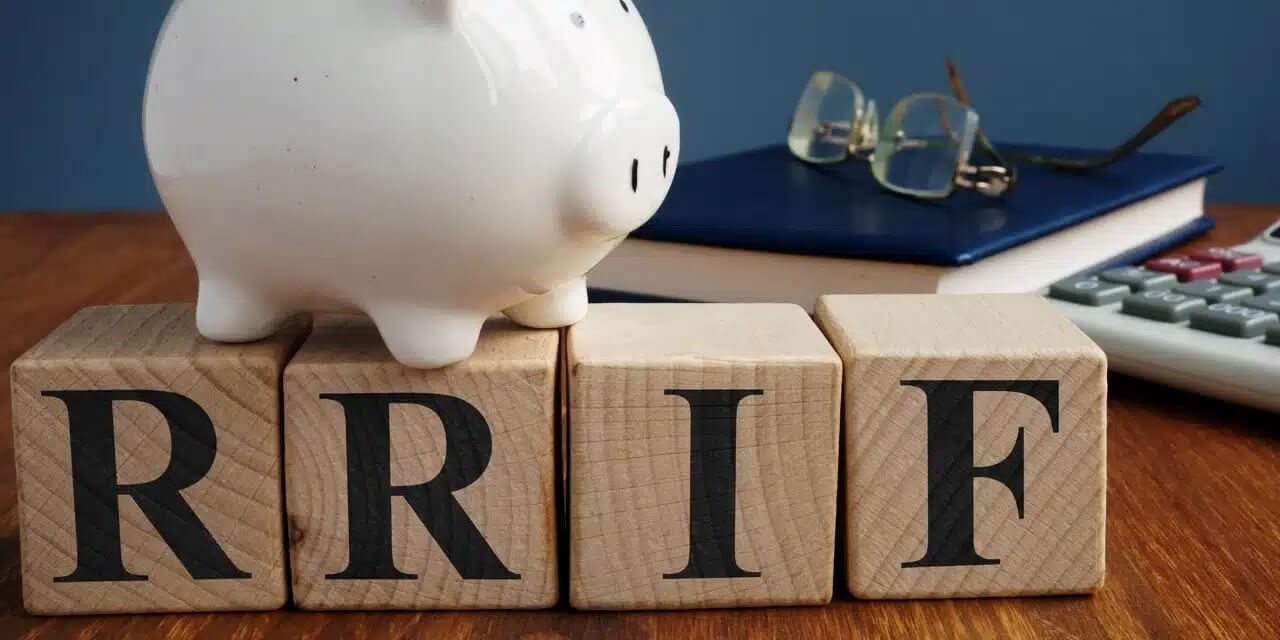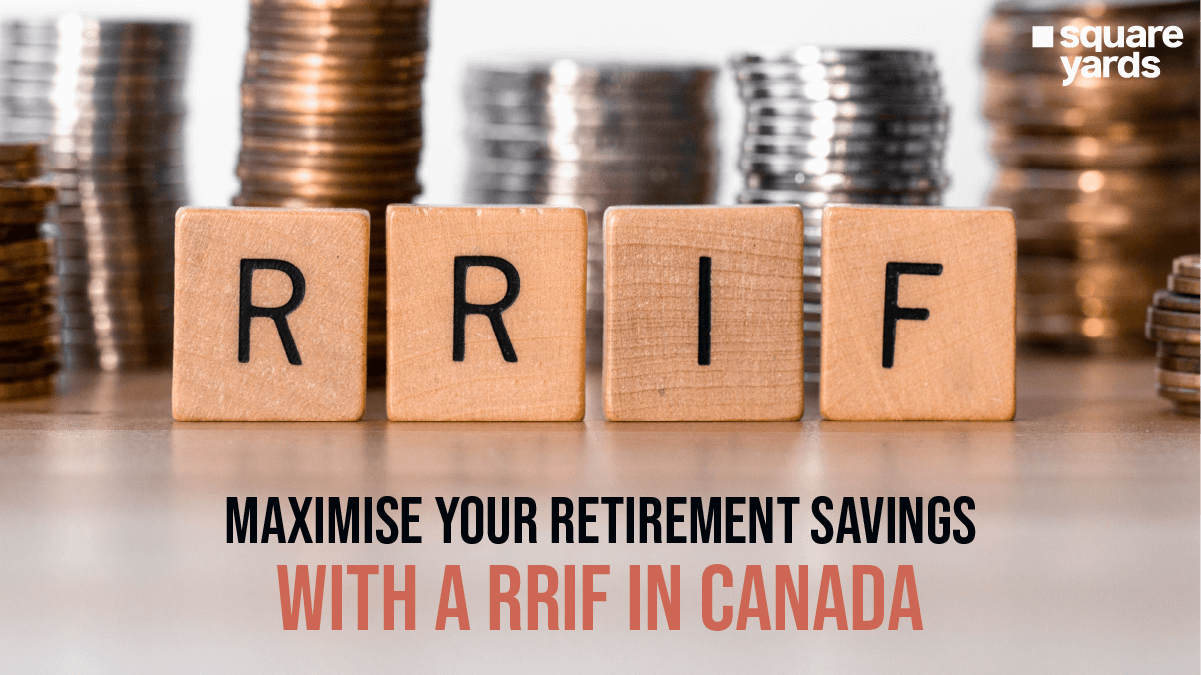Planning for retirement can feel overwhelming, but it’s crucial to ensure that your hard-earned savings last throughout your golden years. If you’ve been diligently contributing to a Registered Retirement Savings Plan (RRSP), you might wonder what comes next as you approach retirement age. This is where a Registered Retirement Income Fund (RRIF) steps in—a smart way to convert your savings into a steady income stream without facing a hefty tax bill. But what exactly is a RRIF, and how does it work? Let’s dive into everything you need to know about this essential retirement tool so you can make informed decisions and enjoy a financially secure retirement.
Understanding RRIFs
A Registered Retirement Income Fund (RRIF) is a financial account that provides Canadians with a steady income during retirement. It is an extension of a Registered Retirement Savings Plan (RRSP), allowing tax-deferred growth of savings while requiring annual withdrawals. By the age of 71, an RRSP must be converted into a RRIF. Though no further contributions can be made, taxable withdrawals must begin and are calculated based on age and the account balance. RRIFs offer flexibility in investment choices, including GICs, stocks, and bonds, making them a key tool for managing retirement income.
The Functioning of RRIF

When you convert your RRSP into an RRIF, you keep your money in a tax-deferred account, meaning you don’t immediately pay taxes on it.. However, you must start taking money out of the RRIF each year, beginning the year after you open it. The government sets a minimum amount you have to withdraw each year based on your age and the amount in your RRIF. Let’s say you’re 72 years old, and the minimum withdrawal rate for your age is 5.3%. If your RRIF has £120,000, you must withdraw at least £6,360 that year. You can choose to take out more, but not less. The money you withdraw is taxable, and if you take out more than the minimum, some tax will be withheld and sent to the tax authorities.
As you age, the minimum amount you must withdraw each year increases. If you have a younger spouse or partner, you can use their age to calculate the withdrawal amount, which can help reduce the amount you need to take out. You don’t have to wait until you’re 71 to open a RRIF. You can start one earlier if you retire in your 50s or 60s and need a steady income. But remember, once you open a RRIF, you must start taking money out every year, and you can’t add more money to the account.
If you open an RRIF before turning 71, you can figure out your minimum withdrawal rate using this formula: 1 divided by (90 minus your age). For instance, if you’re 65 years old, the withdrawal rate would be 4.2% (1 ÷ 25).
Opening Registered Retirement Income Fund in Canada

Preparing for retirement involves building a steady and reliable income stream to support your lifestyle. One of the most effective ways to achieve this is by opening a Registered Retirement Income Fund (RRIF). Here’s a step-by-step guide on how to set up your RRIF and ensure your savings continue to work for you during your retirement years.
-
- Choose a Financial Institution: Select a Canadian bank, trust company, insurance firm, or investment company where you want to open your RRIF.
- Complete the Paperwork: Fill out the required forms to set up your RRIF account with the chosen institution.
- Transfer Assets: Move funds from your Registered Retirement Savings Plan (RRSP) or other eligible accounts, such as a Pooled Registered Pension Plan (PRPP), Registered Pension Plan (RPP), or Tax-Free Savings Account (TFSA), into your new RRIF.
- Select Payment Frequency: Decide how often you want to receive payments from your RRIF—options typically include monthly, quarterly, semi-annually, or annually.
- Manage Your RRIF: The financial institution will manage the regular distribution of payments according to the schedule you’ve chosen.
- Transfer If Needed: You can move your RRIF to another institution, but transfer fees may apply.
Limits on Holding Multiple RRIFs
There’s no limit to the number of Registered Retirement Income Funds (RRIFs) you can hold. You can set up multiple RRIFs with different financial institutions if you prefer to diversify your retirement income sources. However, it’s important to remember that each RRIF has its minimum withdrawal requirements, which must be met annually. Managing multiple RRIFs could become complex and may require careful coordination to ensure you meet all regulatory obligations while optimising your retirement income. Therefore, while it’s possible to hold several RRIFs, many people find it simpler to consolidate their retirement funds into one or two accounts.
Self-Directed RRIF

A self-directed Registered Retirement Income Fund (RRIF) offers you the reins to control your retirement investments fully. Unlike standard RRIFs, where a financial institution handles the management, a self-directed RRIF allows you to choose and manage your investments directly. This flexibility means you can build a personalised portfolio with assets like stocks, bonds, mutual funds, and ETFs, aligning with your financial goals and risk tolerance.
Ideal for experienced investors who enjoy a hands-on approach, a self-directed RRIF gives you the freedom to shape your retirement income. However, with this control comes the responsibility to ensure that all investments within the RRIF are eligible, as non-qualified assets can trigger tax penalties.
This type of RRIF empowers you to keep your retirement savings growing on your terms while securing a steady income stream. It’s a powerful tool for those confident in navigating the complexities of investment management.
Protecting Your RRIF
Your Registered Retirement Income Fund (RRIF) benefits from several layers of protection, depending on the assets it contains. If your RRIF holds cash or term deposits like GICs, these are insured up to $100,000 by the Canada Deposit Insurance Corporation (CDIC) when held with a participating financial institution. For investments such as stocks, bonds, or mutual funds, the Canadian Investor Protection Fund (CIPF) covers up to $1 million if your investment firm is a CIPF member. These safeguards ensure that your RRIF remains a secure and dependable source of retirement income, even in the event of institutional financial issues.
What Becomes of Your RRIF After You Pass Away?
When you pass away, what happens to your Registered Retirement Income Fund (RRIF) largely depends on whether you’ve named a beneficiary.
-
- If You Name a Qualified Beneficiary: If your RRIF has a designated qualified beneficiary, such as your spouse or a dependent child/grandchild, the funds in the RRIF can be transferred to their own RRSP, RRIF, or another eligible account. This transfer is generally tax-deferred, meaning the funds can continue to grow without immediate tax implications.
- If You Name a Non-Qualified Beneficiary: If the beneficiary is not qualified (for example, an adult child or sibling), they will receive the RRIF’s value, but the RRIF’s total value is included in your estate’s income for tax purposes, meaning the estate will be responsible for paying the tax on the amount.
- If You Don’t Name a Beneficiary: If no beneficiary is named, the RRIF’s assets are added to your estate and are taxed as income in your estate’s final tax return. The remaining balance, after taxes, is then distributed according to your will or, if no will exists, in accordance with provincial laws.
Conclusion
Registered Retirement Income Fund (RRIF) serves as an essential component of retirement planning for Canadians, ensuring that your savings continue to work for you during your retirement years. Whether you opt for a standard or self-directed RRIF, understanding the withdrawal requirements, protection mechanisms, and potential implications after your passing is crucial for making informed decisions. Properly managing your RRIF will help you achieve financial security and peace of mind throughout your retirement.
You May Also Read :
|
Difference B/W TFSA vs RRSP |
|
|
What is FHSA in Canada |
|
|
know About Banking In Canada |
|
|
Manage Chequing accounts in Canada |
Frequently Asked Questions (FAQs)
What are the rules for RRIF in Canada?
In Canada, by the end of the year, when you turn 71, you must convert your RRSP into a RRIF or another retirement income option. You must begin making annual withdrawals starting the year after opening your RRIF. The government sets a minimum withdrawal amount each year based on your age and the value of the RRIF. Withdrawals are taxable, and the investments within the RRIF can vary, including stocks, bonds, and mutual funds.
What are the disadvantages of RRIF?
RRIFs come with mandatory annual withdrawals, which increase as you age, potentially leading to a depletion of funds. Withdrawals are fully taxable as income, which could push you into a higher tax bracket. Additionally, no further contributions can be made to a RRIF once it is established.
Can you withdraw funds from RRIF?
Yes, you can withdraw funds from an RRIF at any time, but you must withdraw at least the minimum amount annually as the government requires. Any withdrawal is considered taxable income, and amounts exceeding the minimum are subject to withholding tax.
Who is the beneficiary of the RRIF?
The beneficiary of an RRIF is the person you designate to receive the remaining funds in the account after your death. Typically, this is a spouse who can roll over the funds into their own RRIF or RRSP tax-free. If a non-spouse is named, the RRIF’s value may be included in your estate’s taxable income.











